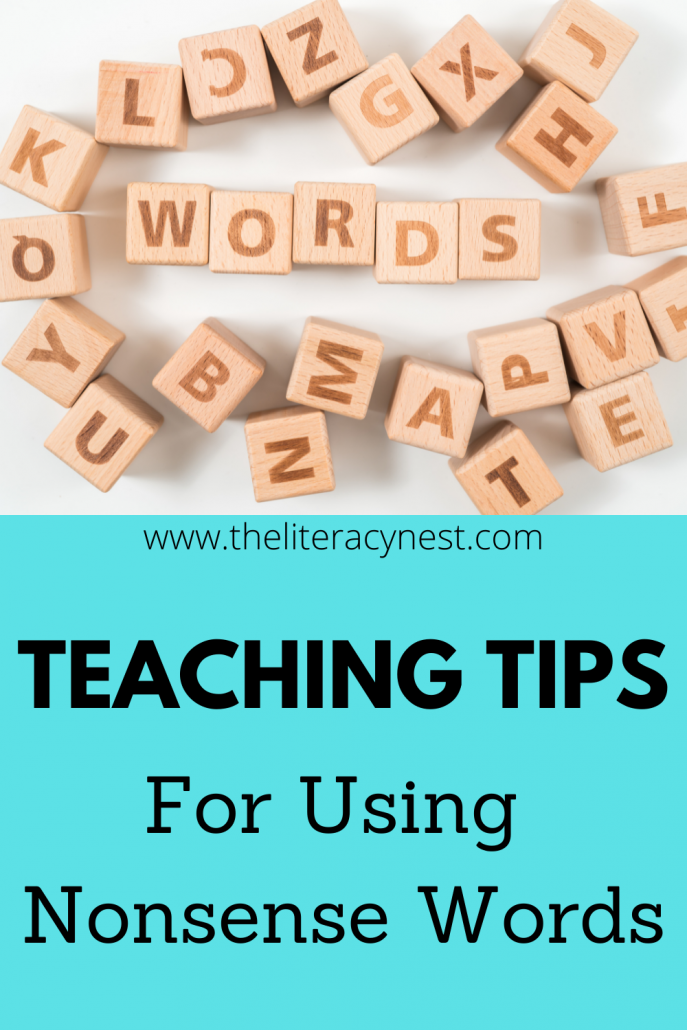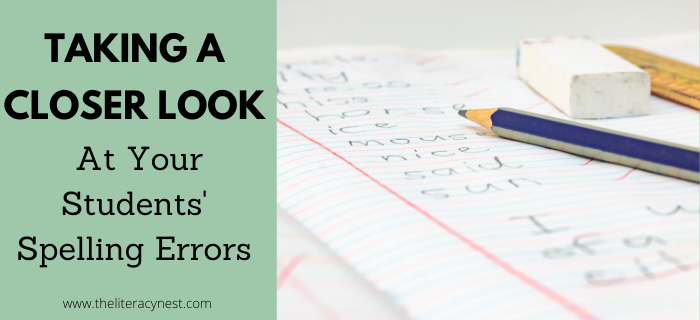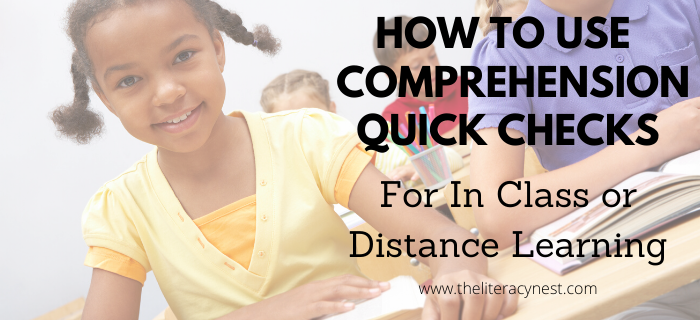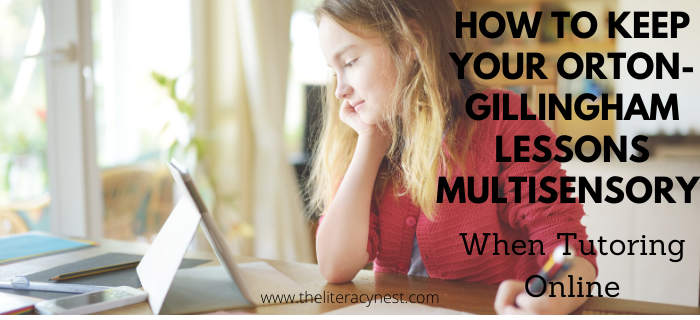Tips for Teaching Nonsense Words

What are nonsense words?
Nonsense words are words that follow the patterns and rules of English, but are not actual words. Just like real words, nonsense words must contain a vowel, use real vowel patterns or consonant blends. For example, crob could be a nonsense word, but xzyml could not. By using the sounds of our language nonsense words should be decodable.
Why use nonsense words?
If nonsense words don’t have meaning, why would we want to use them? What role do they play in a Structured Literacy Lesson? Students with dyslexia are typically very intelligent and often have developed excellent coping strategies. These strategies may include a good sight word vocabulary, particularly for your older students.
Using nonsense words gives us insight into your student’s decoding abilities without the support of their repertoire of sight words or meaning. Using nonsense words allows us to more accurately assess the patterns and letter combinations a student is able to successfully decode.
Vocabulary is often a concern for students with dyslexia. If your students are not exposed to age-appropriate books and vocabulary through read aloud and audio books, their vocabulary development may lag behind their peers who are confident readers. Words that are part of a student’s oral vocabulary may not be recognized in print at first. Unknown words in print are essentially nonsense words to students until they are decoded and understood.
When should I use nonsense words?
Most of the time, the Orton Gillingham tutor or teacher will use real words. However, there are specific times when the use of nonsense words is particularly desirable. As part of the blending drill, the use of nonsense syllables has several functions. It allows students to practice using less common vowel patterns in unique ways.
While the body of real words for /sh/ may be limited for a student that only knows closed syllables, using nonsense words opens up numerous combinations with sh either in the initial or final position. Examples include: shaff, shib, shup, jash, bosh. The allows the child both to practice decoding using that phonogram and to allows the teacher to more accurately assess the child’s mastery of the phonogram. Furthermore, multisyllabic words, a challenge for many children with dyslexia, are really nothing more than nonsense syllables put together. This practice helps build confidence on a smaller scale.
Where do I find nonsense words?
Nonsense words can be randomly generated such and when flipping cards during the blending drill. The use of a spinner for beginning, middle and ending sounds is another way to randomly generate nonsense words. The teacher can generate their own list of nonsense words by making small adjustments to real words. So if a words list contains: shout, house, and pouch, the teacher might make single letter changes to create hout, wout, yout, shoum, shoub, shoud, bouse, shouse, houve, houm, thouch, rouch, pouk, pouth.
Resources such as Recipe for Reading and Angling for Words can also be great sources of nonsense words. When making your own words, care should be taken to use consonants and digraphs in the position they would appear in a real word. So, the consonant y would not appear in the final position and x would not appear at the beginning of a word.
One of the quickest nonsense word assessments I’ve found is the free download from Scholastic. It comes with a set of instructions and can offer a nice snapshot of your student’s decoding abilities.
Furthermore, if you work with students with whom you don’t share a culture, cultural sensitivity is important. Care should be taken to say that these aren’t real words in English, while recognizing that some nonsense words may in fact be real words in another language. A quick internet search could avoid an embarrassing blunder. I would also avoid sending home nonsense word activities without an explanation.
How can I include nonsense words?
The most common way I include nonsense words in my Orton-Gillingham lessons is during the quick blending drill. As they are randomized drills, there is typically a mixture of real and nonsense words. Other games such as roll and read or board games are good opportunities for practice reading nonsense words. Encoding can be practiced with activities focused on building nonsense words. Building blocks, plastic eggs, and puzzle pieces are perfect for this sort of activity.
Another valuable activity using nonsense words is having students discriminate between real words and nonsense words. This can be done through sorting activities or any sort of game that includes categorization. Perhaps one of the best ways of showing students the utility of nonsense words is to use nonsense words to make real multisyllabic words. Older discouraged readers, the ones most likely to need nonsense word practice, need a rationale for doing what they are doing. This makes that rationale very concrete.
Nonsense word activities should be brief and purposeful. Improving multisyllabic word reading or practicing a challenging vowel team is a great reason for using nonsense word activities. Many marketed materials have the goal of improving Nonsense Word Fluency scores. Good nonsense word fluency scores are the result of building fluency and automaticity with sound/symbol correspondence and decoding. So, as always, we must be mindful of teaching to the goal of fluent skilled reading, not just teaching to an assessment.


Building Readers For Life Virtual Summer Conference
Be sure to register for the 3rd annual virtual summer’s conference! We have 17 amazing structured literacy and multisensory math presenters ready to share practical tips for educators and families.
Enjoy 3 months of unlimited access!







